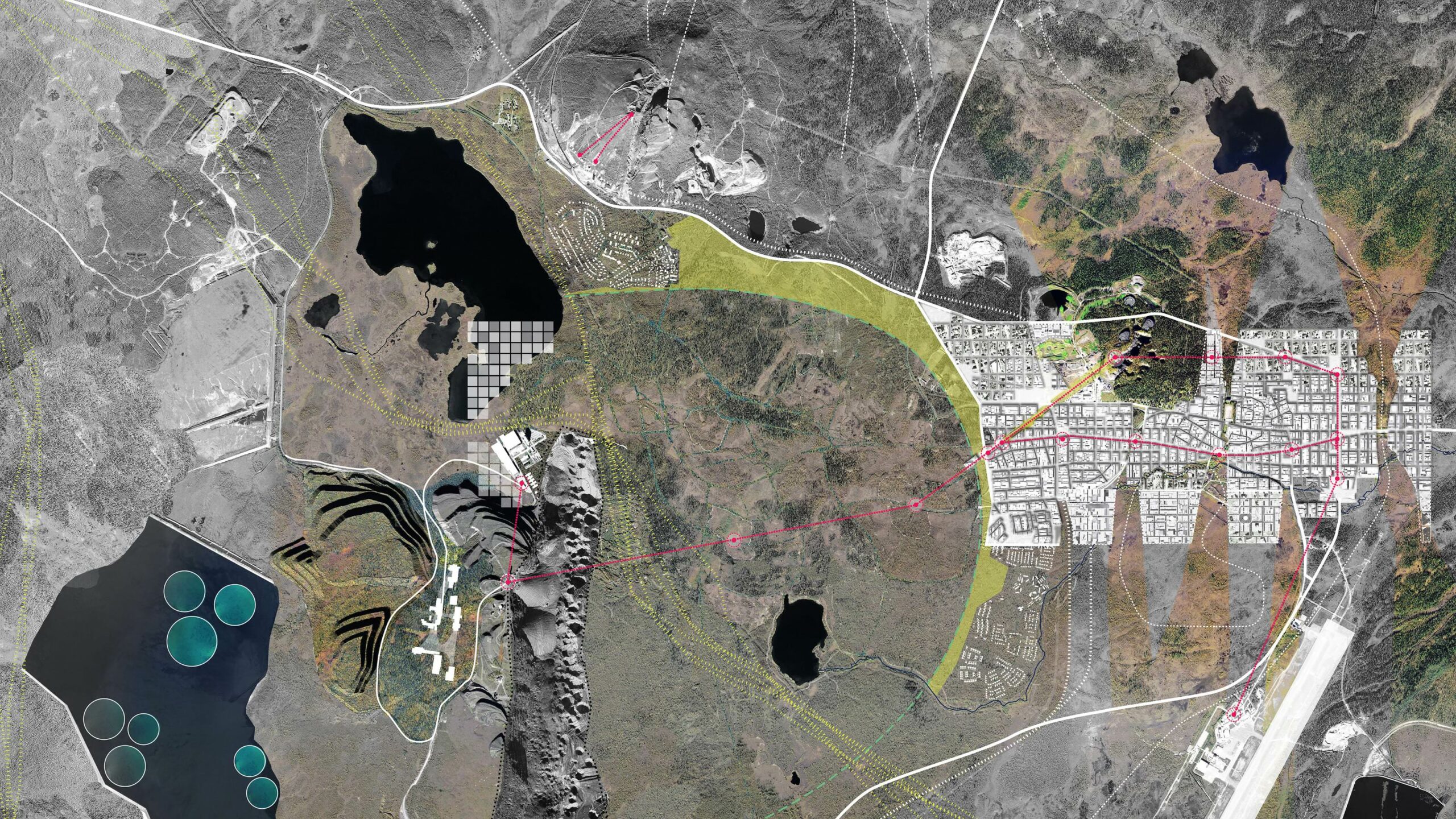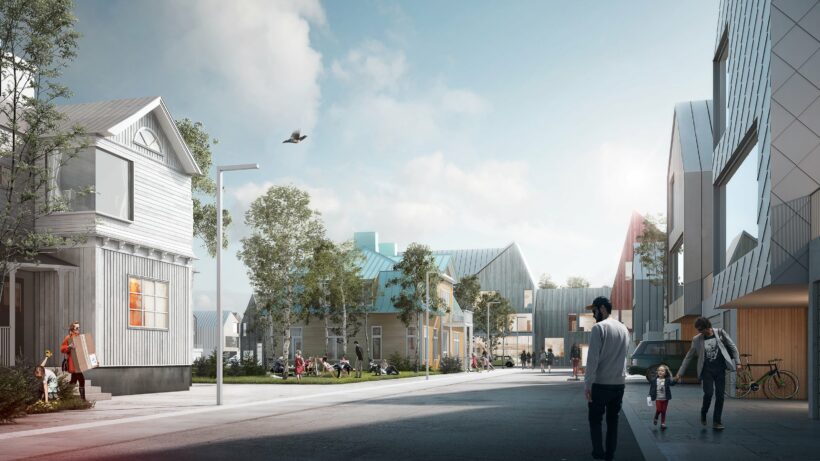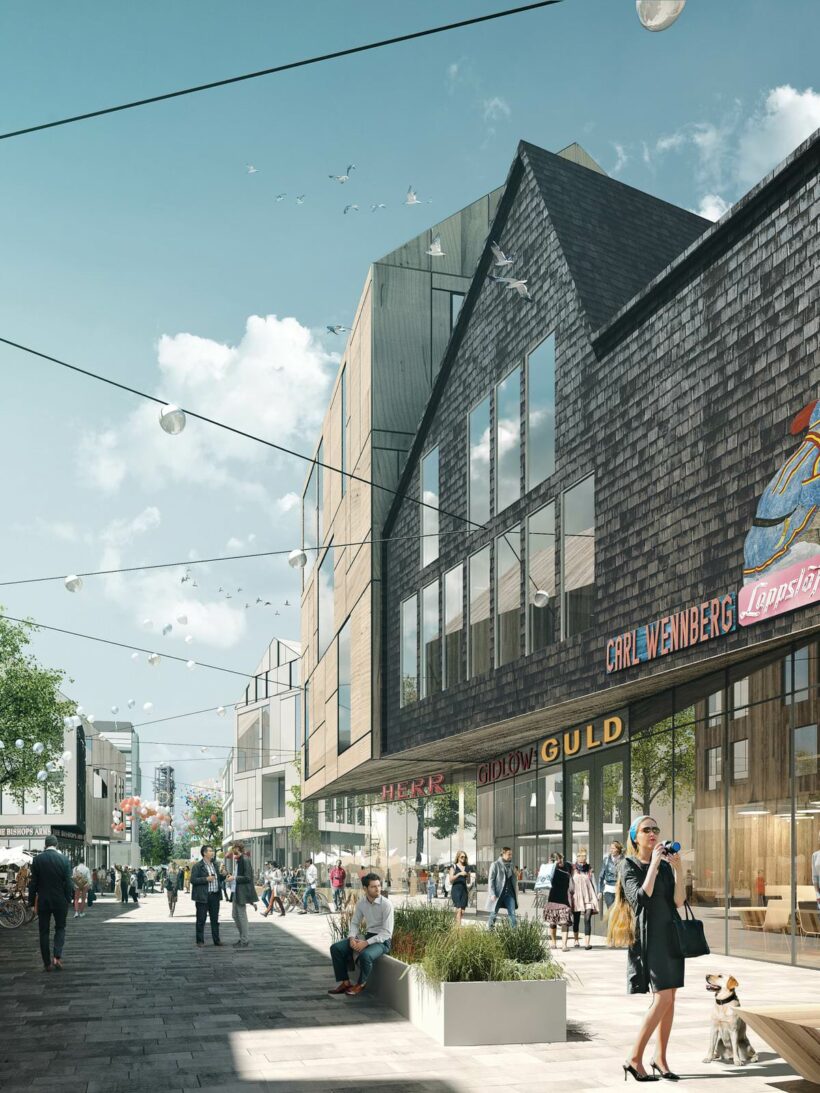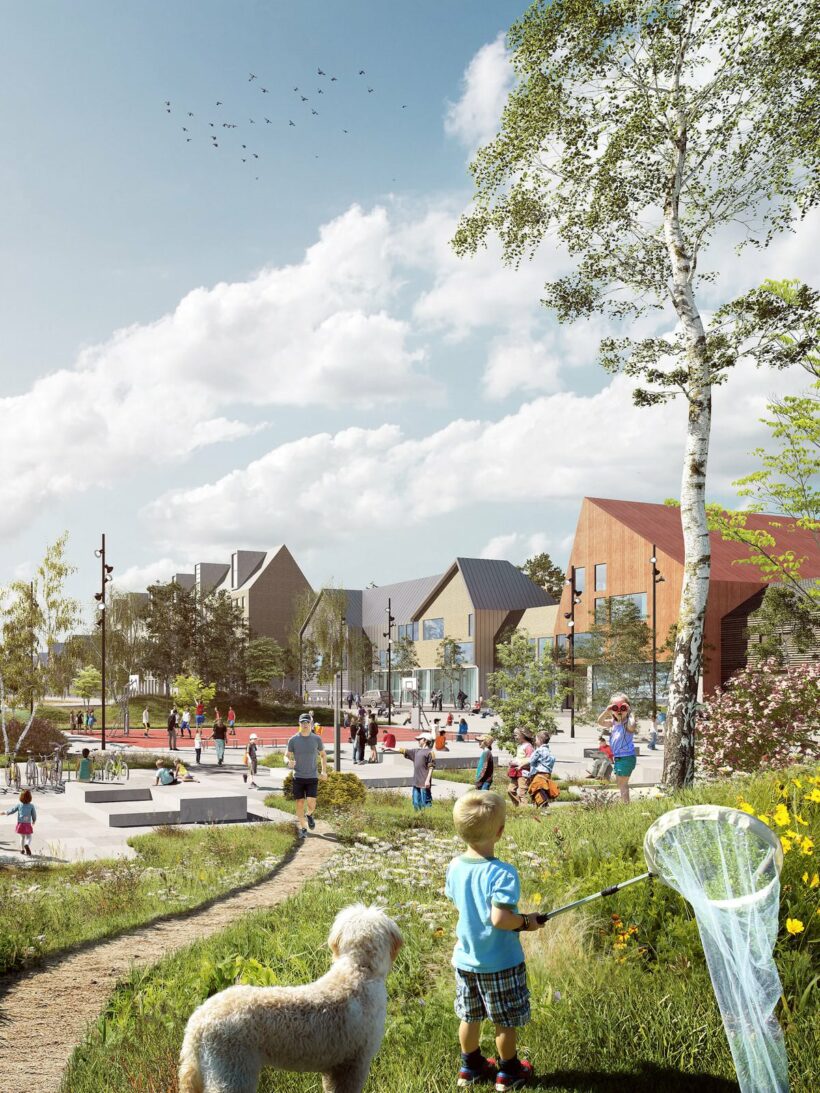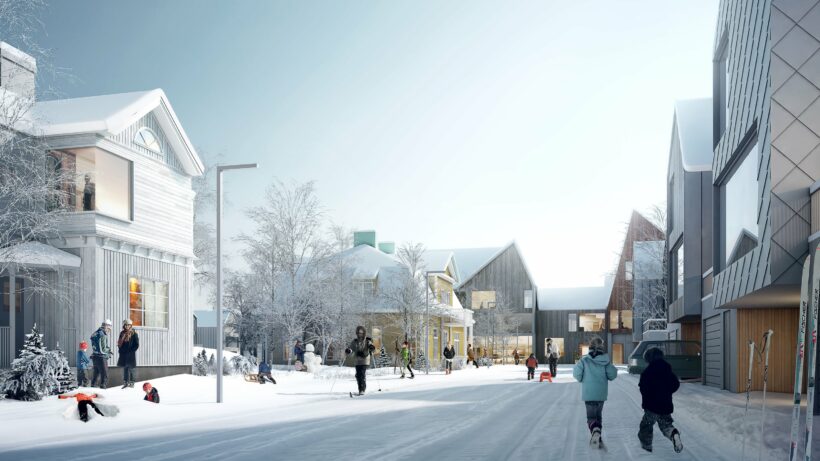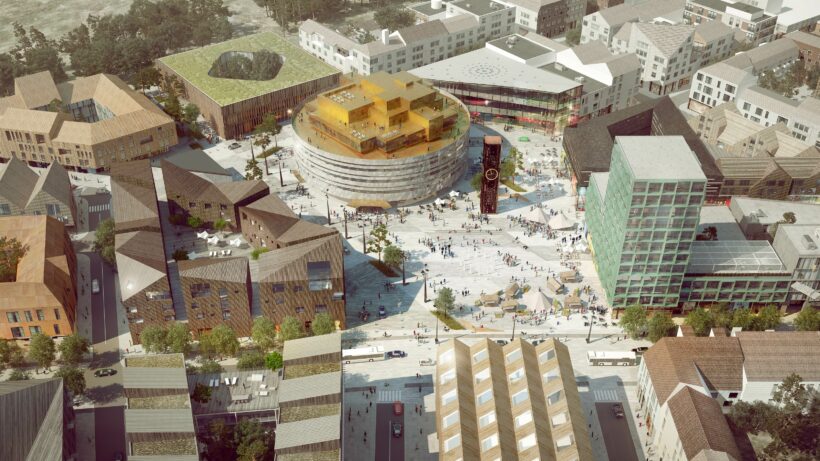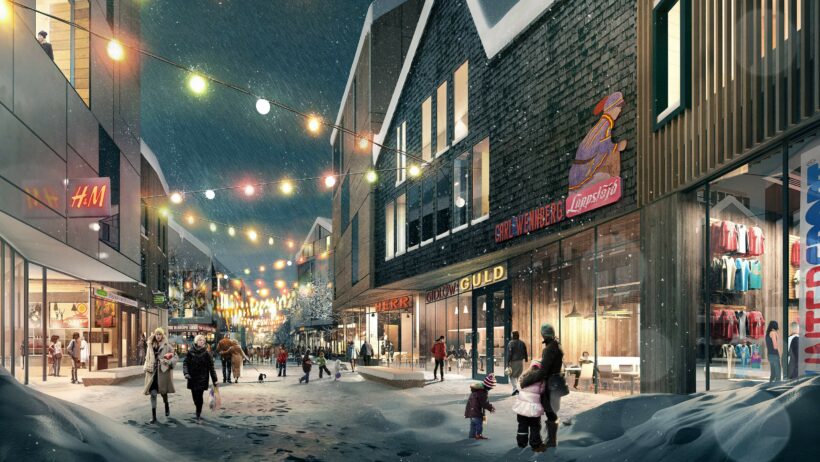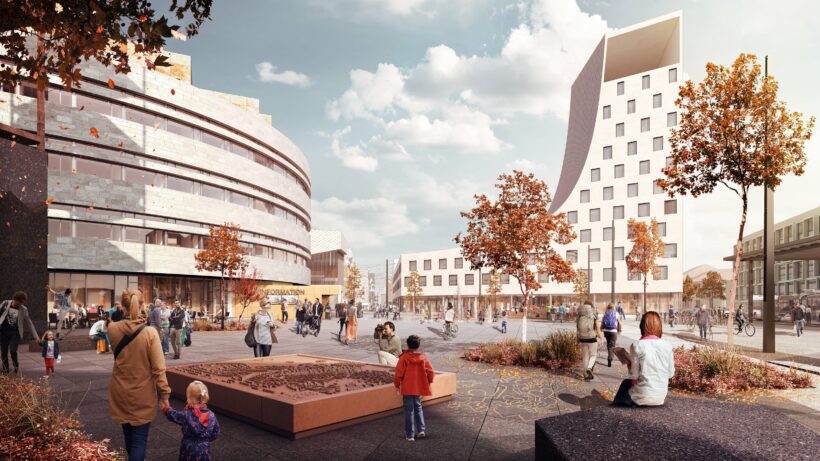Sweden's Arctic Powerhouse
Kiruna is home to the largest iron ore mine in the world; an equivalent of six Eiffel towers worth of high-grade ore is extracted every 24 hours. Run by the state-owned company LKAB, two thirds of Kiruna’s population are dependent upon the mine for employment. However, this demographic is changing; in recent times, the city has experienced population growth and an increase in tourism.
